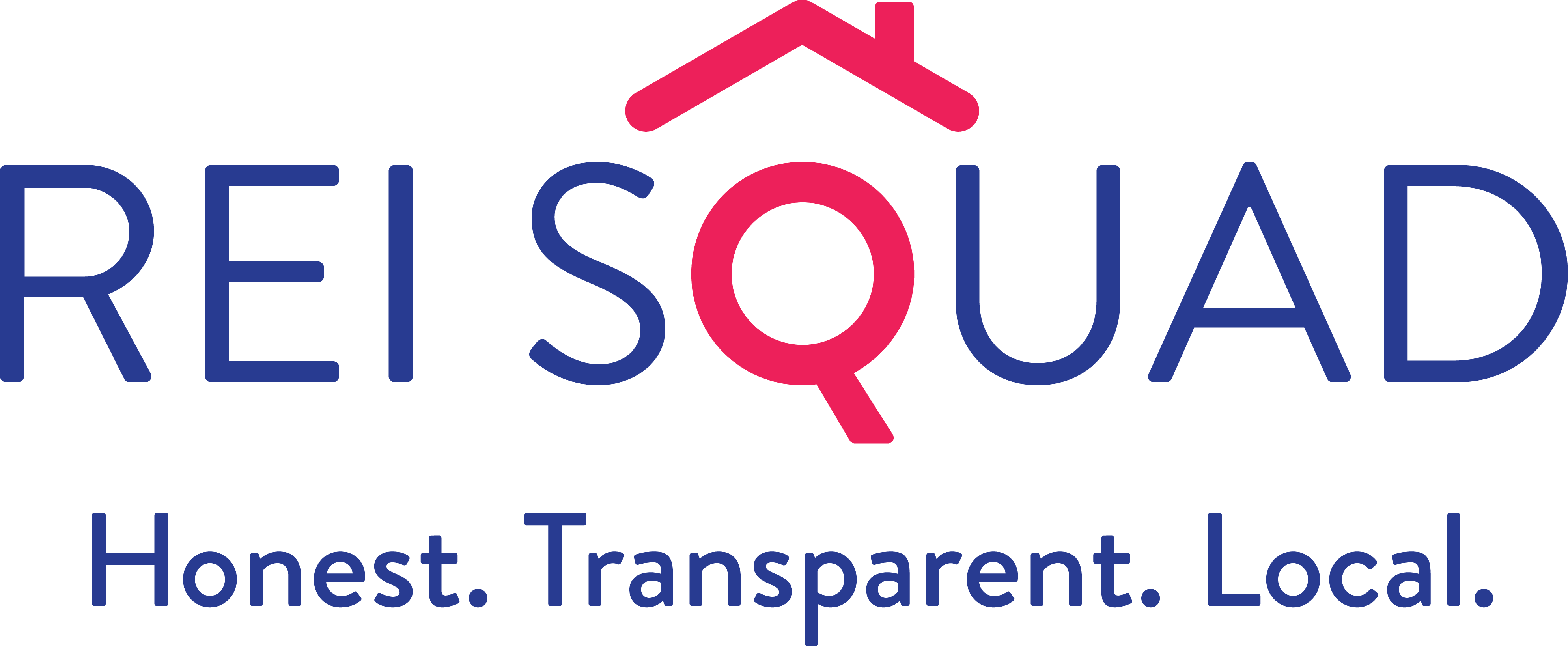The Cost-Saving Guide to Avoiding Home Repairs in Pre-Foreclosure
Facing pre-foreclosure is a challenging experience, but selling your home quickly and efficiently doesn’t have to drain your wallet. Many homeowners mistakenly believe they need to invest heavily in repairs to make their property market-ready.
However, focusing on strategic, cost-saving approaches can help you sell your home as-is while minimizing expenses. This guide will walk you through practical steps to avoid unnecessary repairs and maximize your sale.

Understanding Repair Requirements
Legal Requirements vs. Optional Improvements
When selling a home in pre-foreclosure, it’s crucial to distinguish between legally mandated repairs and optional improvements. For instance, Minnesota law requires homeowners to disclose significant issues like structural damage or code violations, but you are not obligated to fix them. Instead of pouring money into cosmetic upgrades, focus on meeting legal disclosure requirements while leaving non-essential fixes for the buyer.
Safety Issues You Can’t Ignore
While you can skip some repairs, safety concerns such as faulty wiring, plumbing leaks, or mold should be addressed. These issues could deter buyers or lead to legal liabilities if left unresolved. Prioritize affordable fixes that resolve safety hazards without overextending your budget.
What Cash Buyers Actually Expect
Cash buyers, particularly those specializing in as-is properties, typically expect homes to have some imperfections. They often value speed and convenience over perfection. Understanding this mindset can save you from spending unnecessarily on repairs that won’t significantly impact the sale price.
Smart Cost-Saving Strategies
Prioritizing Essential Repairs
Not all repairs are created equal. Focus on fixes that directly impact the functionality or safety of the home:
- Repairing leaking roofs or pipes
- Addressing electrical hazards
- Fixing broken windows or doors
These essential repairs can prevent further damage and maintain the home’s basic livability.
Alternatives to Expensive Fixes
If major repairs are beyond your budget, consider cost-effective alternatives:
- Use temporary patches for minor roof leaks.
- Paint over scuffs and scratches instead of replacing drywall.
- Opt for basic cleaning services rather than full-scale renovations.
These small investments can improve the home’s appearance without breaking the bank.
DIY vs. Professional Work
For minor fixes like patching holes or replacing light fixtures, DIY solutions can save you significant labor costs. However, leave complex repairs—such as electrical work or plumbing—to licensed professionals to ensure safety and compliance with local codes.
Presenting Your Home “As-Is”
Proper Disclosure Practices
Transparency is key when selling an as-is home. Document existing conditions thoroughly and disclose them upfront to potential buyers. This builds trust and reduces the likelihood of disputes later in the process.
Highlighting Potential
Emphasize your home’s strengths rather than its flaws. For example:
- Showcase natural light or spacious layouts.
- Highlight desirable features like a large backyard or convenient location.
By framing the property’s potential, you can attract buyers willing to overlook minor imperfections.
Setting Buyer Expectations
Be clear about what “as-is” means during negotiations. Outline which repairs (if any) you’re willing to address and set realistic expectations about the property’s condition.
Negotiating Pre-Foreclosure Repair Requests
Common Buyer Demands
Buyers may request concessions for specific repairs after inspections. Common demands include fixing HVAC systems, addressing water damage, or replacing outdated appliances.
Price Adjustment Strategies
Instead of completing requested repairs, offer price adjustments or credits at closing. This allows buyers to handle the work themselves while saving you time and money.
When to Say No
If repair requests are unreasonable or exceed your budget, don’t hesitate to decline politely. Remember that cash buyers often expect some level of compromise when purchasing as-is homes.
Working with Pre-Foreclosure Cash Buyers
Understanding Their Expectations
Cash buyers prioritize speed and simplicity over perfection. They’re often willing to accept homes with cosmetic issues as long as major structural or safety concerns are disclosed upfront.
Common Deal Terms
Cash offers typically come with fewer contingencies, meaning less time spent negotiating over inspections or appraisals. This makes cash buyers an ideal option for homeowners in pre-foreclosure who need a quick sale.
Negotiation Strategies
Leverage your home’s strengths during negotiations:
- Emphasize its location or potential for investment.
- Be flexible but firm on pricing if you’ve already accounted for necessary adjustments.
Selling As-Is: Your Pre-Foreclosure Success Plan
Selling a home during pre-foreclosure doesn’t have to mean financial strain. By focusing on essential repairs, presenting your home effectively, and working with cash buyers who understand the as-is market, you can achieve a successful sale while keeping costs low. Remember: transparency and smart decision-making are your greatest tools in navigating this process efficiently.








